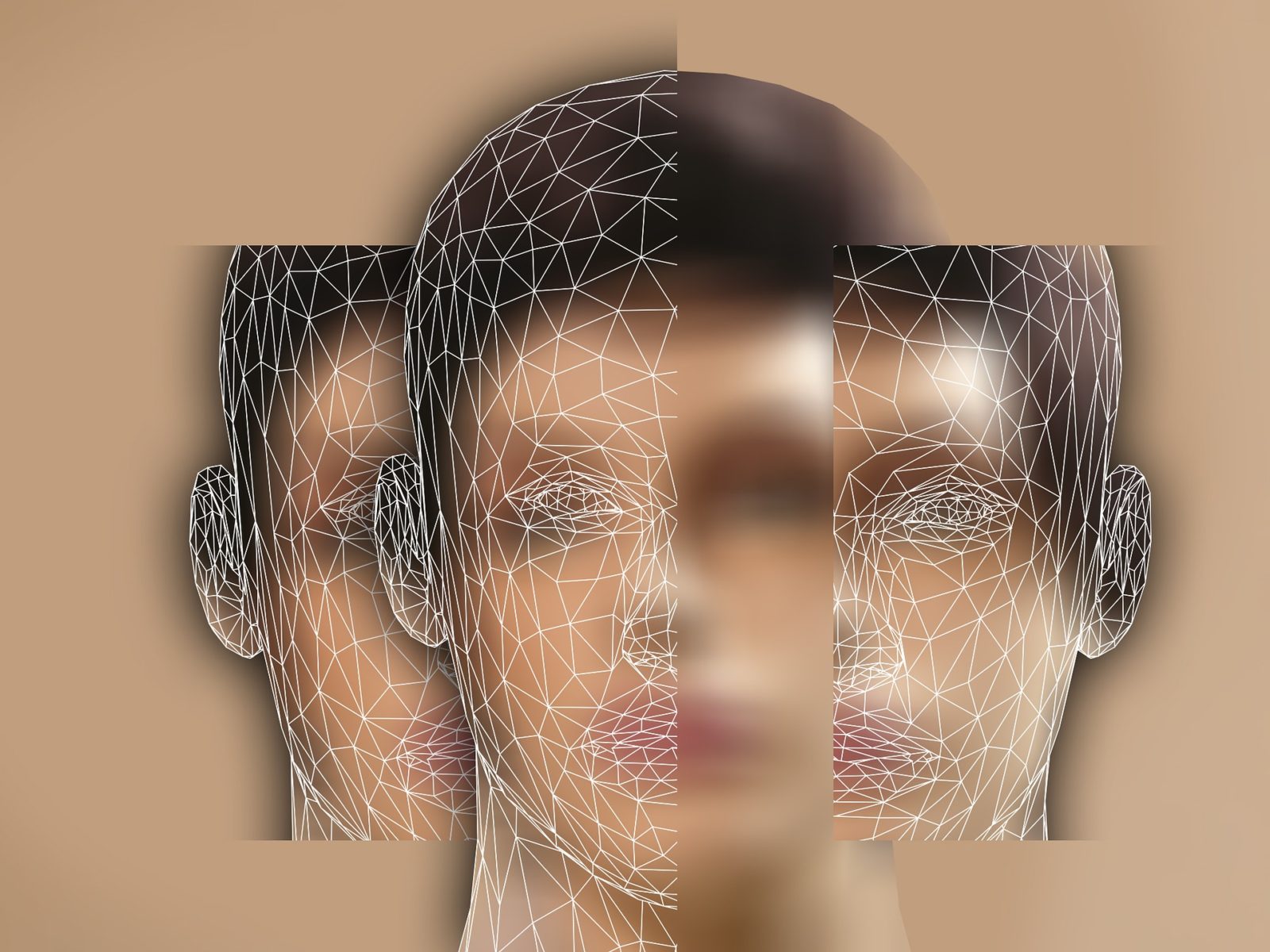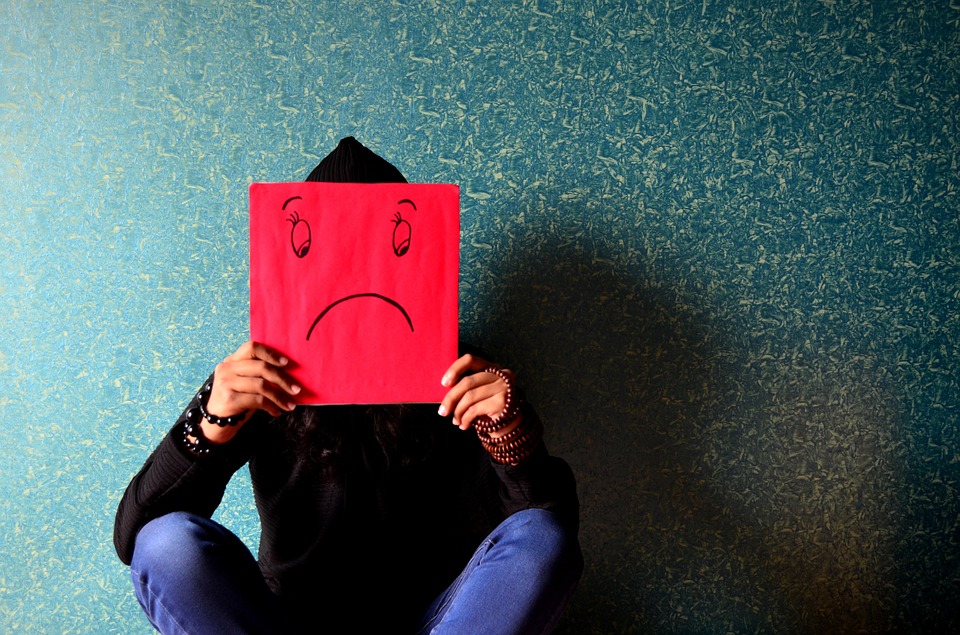In case you weren’t aware, May is National Mental Health month. Due to the topic, nature, content and scale of this blog about Mental Health I will present it in summaries covering both adults and children.
We could dedicate an entire blog to each condition and still only be skimming the surface and not do them justice. Thankfully in this day and age, there are a number of health approaches from conventional through esoteric (or better yet a holistic combination) that work for you or your loved one). There is a plethora of resources, material and research to consider with communication/interaction being a button click away for millions of us. We all benefit in the sharing of predecessors‘ experience and knowledge in trying to understand mental illness. Any mental health condition is debilitating and permeates every aspect of the lives of individuals who suffer and those who struggle alongside them.
The Mayo Clinic states: Mental illness refers to a wide range of mental health conditions — disorders that affect your mood, thinking and behavior. Examples of mental illness include depression, anxiety disorders, schizophrenia, eating disorders and addictive behaviors. It goes without saying there is a huge difference between mental health and mental health conditions. According to the World Health Organization (WHO) mental health is “a state of well-being in which every individual realizes his or her own potential, can cope with the normal stresses of life, can work productively and fruitfully, and is able to make a contribution to her or his community.”

Granted, the overall public perception, and our own understanding, of mental illness has come a long way over the past few decades. However, there is still much we can learn and share about the various types of mental illness that an ever-increasing percentage of the population experience at some point in their lives. Unfortunately, a stigma that can surround mental illness is still prevalent in many societies, cultures, communities and homes throughout the world. The misconceptions that many mental health conditions are not actual illnesses, are signs of weakness and/or the mentally ill could “snap out of it” if they really wanted to, remain quite widespread. By definition, “stigma” demarcates a person as being ‘different’. WHO defines stigma as ‘a mark of shame, disgrace or disapproval which results in an individual being rejected, discriminated against, and excluded from participating in a number of different areas of society’. Stigma is categorized into three broad levels: structural, social and self.

Stigma is different to discrimination whereby the former involves negative stereotypes and attitudes and the latter is the behavior that results from negative stereotyping. Many mental illnesses are now classified as a disability in the USA and abroad, with severe repercussions for individuals or companies/ organizations that discriminate against those diagnosed with any of the associated conditions. Additionally, there is wide-spread better access to resources and therapy or support for those in need.
Below I will catalog numerous mental illnesses (and subsets) starting with a list of common symptoms, a summary of the condition/disorder, and collectively highlight current treatment options.
The following are the most common symptoms of a mood disorder:
- Ongoing sad, anxious, or “empty” mood
- Feeling hopeless or helpless
- Having low self-esteem
- Feeling inadequate or worthless
- Excessive guilt
- Excessive fears or worries
- Extreme mood changes of highs and lows
- Repeated thoughts of death or suicide, wishing to die, or attempting suicide (Note: People with this symptom should get treatment right away!)
- Loss of interest in usual activities or activities that were once enjoyed
- Decreased sex drive
- Inability to cope with daily problems or stress
- Withdrawal from friends and activities
- Relationship problems
- Trouble understanding and relating to situations and to people

- Trouble sleeping or sleeping too much
- Changes in appetite and/or weight
- Significant tiredness and/or decreased energy
- Trouble concentrating or confused thinking
- A decrease in the ability to make decisions
- Frequent physical complaints (for example, headache, stomachache, or tiredness) that don’t get better with treatment
- Running away or threats of running away from home
- Very sensitive to failure or rejection
- Irritability, hostility, or aggression/violence
- Detachment from reality (delusions), paranoia or hallucinations
- Alcohol or drug abuse
Continue reading the Part II here.
